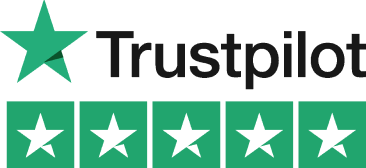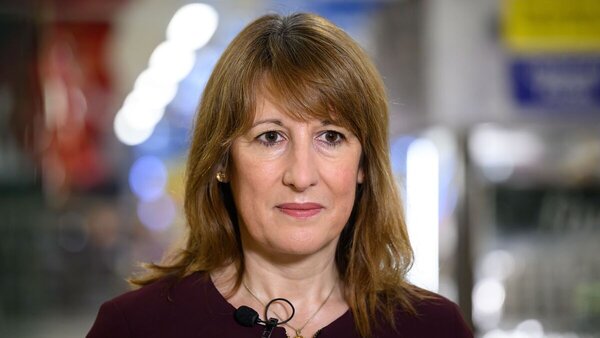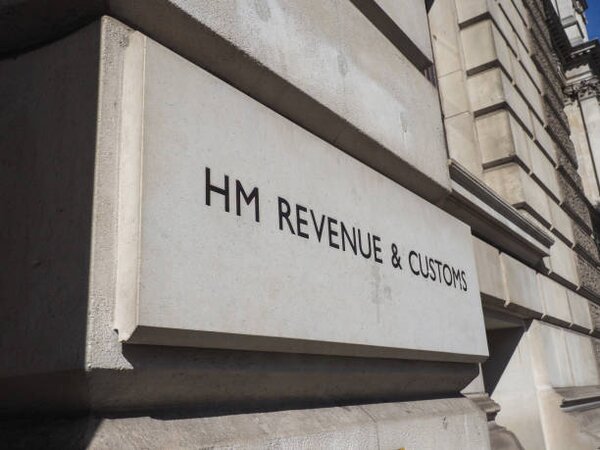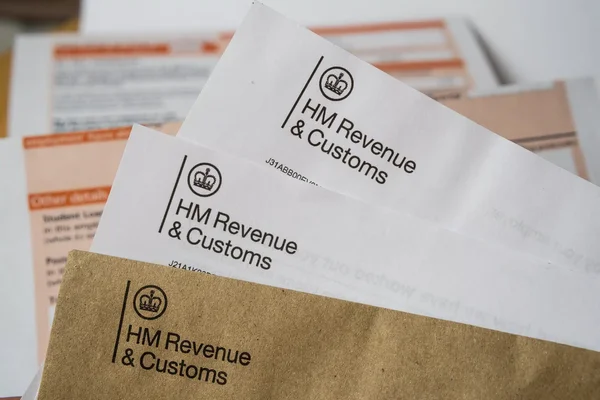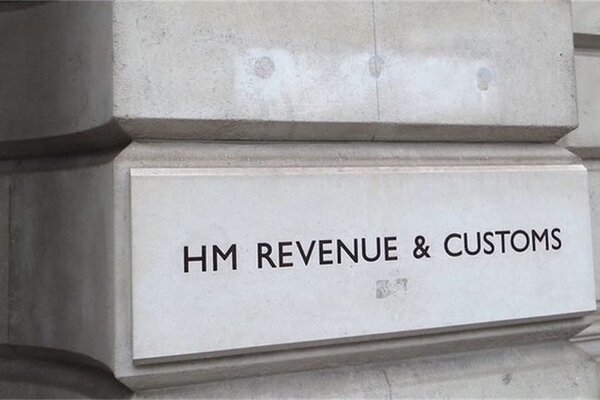What does it mean to register as self-employed?
When you work for yourself rather than an employer, you’re considered self-employed. This means you’re in charge of your own tax affairs and responsible for reporting your income to HMRC when starting your own business.
Registering as self-employed is simply telling HMRC that you’re earning money through work you do independently. It’s not forming a company - it’s just letting the tax office know about your earnings so they can assess your tax correctly.
You need to register if you earn more than £1,000 from self-employment in a tax year. This legal requirement ensures you’re properly accounted for in the tax system and can access relevant benefits and protections.
Once registered, HMRC creates your tax record and Self Assessment account. They’ll consider you self-employed until you tell them otherwise, so keep them updated if your circumstances change.
When should I register with HMRC?
The best time to register is as soon as you start earning money from self-employment. Early registration ensures you are aware of your obligation to pay tax on your profits after accounting for business-related deductions. Don’t wait until you’re making big profits, as early registration helps establish good habits from the beginning.
The official deadline is 5 October after the end of the tax year you started working for yourself. For example, if you began between 6 April 2024 and 5 April 2025, you must register by 5 October 2025 to remain compliant.
Registering early gives you more time to get your tax affairs in order and helps you avoid last-minute panic when deadlines approach. Additionally, it ensures you’re prepared for your first tax return well in advance.
HMRC can charge penalties if you register late, so it’s best not to delay. Even if you’re only working part-time for yourself alongside employment, the registration rules still apply to your self-employed income.

How do I register as self-employed online?
Registering online is straightforward and takes about 20-30 minutes. Head to the GOV.UK website and look for the self-employment registration section where you’ll find clear instructions to follow.
You’ll need to create a Government Gateway account if you don’t already have one. After receiving your government gateway user id, sign in and provide essential information for your registration process with HMRC. This will be your portal for all future tax matters, including filing returns and checking your tax status.
The online form will ask for basic details about you and your work. You’ll need to explain what kind of business you’re running and when you started, so have this information ready before beginning.
After completing registration, HMRC will post your Unique Taxpayer Reference (UTR) within about 10 working days. Keep this safe - you’ll need it for all future tax dealings and it’s not easily replaced if lost.
What information will I need to register?
Before you start the registration process, gather these essential details to make the process smoother:
Your full legal name and current home address
Your National Insurance number (found on payslips or official letters)
Your date of birth and contact details
A description of the work you do or services you provide
The date you started working for yourself
Your business address (if different from your home)
Your business name (if you’re using one other than your personal name)
Having these details ready will make the registration process quick and painless. It’s worth taking a few minutes to collect everything before starting the online form. If you are registering as a sole trader, understanding the responsibilities and registration processes, especially in relation to taxation and dealings with HMRC, is crucial.

What happens after I register as self-employed and file a self assessment tax return?
Once registered, you’ll receive your UTR number by post. This is your tax identity, so keep it somewhere safe and make a note of it in several places for easy reference.
You must also pay National Insurance contributions, which are mandatory payments supporting pensions and social security. There are different classes of payments for self-employed individuals, and you have the option to top up missed contributions to ensure a full state pension.
Now’s the time to set up simple systems for tracking your income and expenses. Even a basic spreadsheet will do at first, though you might want to consider dedicated accounting software as your business grows.
Start saving receipts and recording business costs immediately. These might reduce your tax bill later, so developing good record-keeping habits from day one can save you money and stress.
Begin setting aside money for tax - around 20-30% of your profits is a good rule of thumb for most people. Many self-employed individuals open a separate savings account specifically for their tax funds.
What are my ongoing responsibilities after registering, including national insurance contributions?
After registration, self employed people will need to file a Self Assessment tax return every year by January 31st. This reports your income and expenses to HMRC and determines how much tax you owe for the previous tax year.
You must pay Income Tax and National Insurance on your profits. The amounts depend on how much you earn, with different tax bands applying as your income increases above certain thresholds.
Keep accurate records of all money coming in and going out of your business. HMRC can ask to see these for up to 6 years, so develop a reliable system for storing receipts and financial information.
Remember that Making Tax Digital is coming soon, which may mean quarterly updates to HMRC rather than just annual ones. Staying informed about these changes will help you adapt your processes accordingly.

Is registering as self-employed the same as starting a business?
Not exactly. Registering as self-employed is just telling HMRC about your tax status, while starting a business might involve more steps like business planning and market research.
You can be registered as self-employed while working a regular job too. Many people balance both employment and self-employment, especially when first testing a business idea or working in seasonal industries.
Some businesses need licenses or insurance beyond tax registration. Check if your work requires these additional elements, particularly if you're in a regulated industry or one with specific safety requirements.
Registering as self-employed doesn't create a separate legal entity like a limited company would. You and your business are treated as one for tax purposes, which means you're personally responsible for business debts.
What if I miss the registration deadline?
If you miss the October 5th deadline, register as soon as possible to minimise potential penalties. The longer you wait, the more serious the consequences might become.
HMRC can charge penalties based on how late you are and how much tax you owe. These can add up quickly, with interest accruing on unpaid amounts and additional penalties for continued non-compliance.
You might avoid penalties if you have a genuine reason for late registration and contact HMRC to explain. I once helped a client who'd been seriously ill during the registration period, and HMRC waived their penalties after we provided medical evidence.
Even if you're worried about not having kept proper records, registering late is better than not registering at all. HMRC generally views voluntary disclosure more favourably than cases they have to investigate themselves.

Managing Your Tax Payments
Managing your tax payments is a key responsibility when you’re self-employed. You’ll need to make payments on account towards your next tax bill, which are due on 31st July and 31st January each year. These payments help spread the cost of your tax bill and prevent a large lump sum payment at the end of the tax year.
You can pay your tax bill online, by phone, or by post, making it convenient to stay on top of your obligations. Keeping accurate financial records is essential to ensure you’re paying the right amount. Many self-employed individuals find it beneficial to hire an accountant to help with tax returns and financial management, ensuring everything is handled correctly and efficiently.
Record-Keeping and Accounting for Self-Employed Individuals
Accurate record-keeping is vital for self-employed individuals. You need to keep detailed records of your business income and expenses, including receipts, invoices, and bank statements. These records support your tax return and help you claim allowable expenses, reducing your tax bill.
Using accounting software can simplify this process, and consulting with an accountant can provide additional peace of mind. It’s essential to keep your records for at least 22 months after the end of the tax year, as HMRC can request to see them during an audit. Good record-keeping habits not only ensure compliance but also provide valuable insights into your business’s financial health.

Stopping Self-Employment: What You Need to Know
If you decide to stop being self-employed, you must notify HMRC and cancel your self-employment registration. Despite stopping, you’ll still need to file a tax return for the tax year in which you ceased trading. Additionally, you may need to pay any outstanding tax or national insurance contributions.
It’s essential to keep accurate records of your business income and expenses even after you’ve stopped being self-employed. HMRC can request to see these records for up to 22 months after the end of the tax year, so maintaining good record-keeping practices is crucial. Properly closing your self-employment status ensures you remain compliant and avoid any future issues with HMRC.
Final thoughts on self-employment registration
Registering as self-employed is your first step toward tax compliance as your own boss. It's quick, straightforward, and essential for building a legitimate business that can grow with confidence.
Getting this right from the start helps you avoid stress and potential fines later on. It also puts you in control of your tax affairs and demonstrates your commitment to running a proper business.
For many people, handling their taxes feels overwhelming at first. But with the right tools and perhaps some professional guidance, it becomes much simpler and less time-consuming.
Pie is the UK's first personal tax app designed specifically for working individuals. It helps take the stress out of tax by offering integrated bookkeeping, real-time tax figures, and simplified tax returns, all with expert advice when you need it.
Remember, good tax management isn't just about compliance it's about keeping more of what you earn while staying on the right side of HMRC. Starting with proper registration sets you up for success in all aspects of your self-employed journey.


